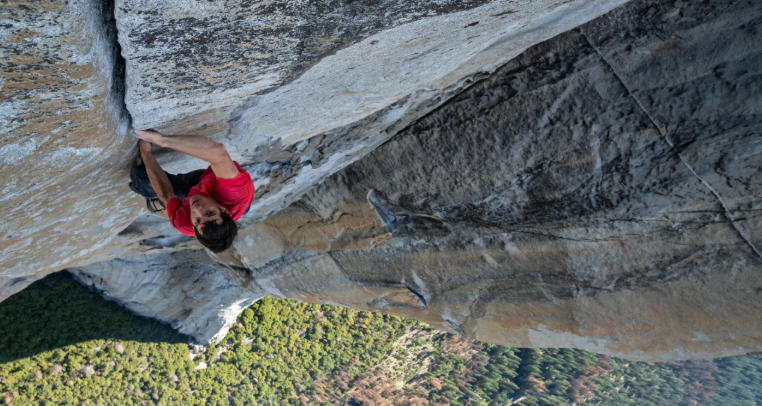Extreme Rock Climbing: A Journey into the Vertical World
Extreme rock climbing has evolved from a niche activity into a popular sport that captivates thrill-seekers around the globe. This exhilarating discipline pushes physical and mental limits, offering climbers a unique way to connect with nature’s most breathtaking landscapes. Whether you’re a seasoned athlete or just curious about this growing trend, understanding the essentials of extreme rock climbing can inspire you to explore new heights.
The Different Types of Extreme Rock Climbing
Extreme rock climbing encompasses various styles, each offering a distinct challenge. Some of the most popular types include bouldering, sport climbing, and traditional climbing. Bouldering, which involves climbing shorter walls without ropes, emphasizes technique and strength, while sport climbing relies on fixed anchors and draws. Traditional climbing, on the other hand, requires climbers to place their protection into the rock as they ascend. Understanding these different styles helps climbers choose the right approach based on their experience level and personal preferences.
Essential Gear for Extreme Climbers
Having the right gear is crucial for anyone interested in extreme rock climbing. Essential equipment includes climbing shoes, harnesses, ropes, and protective gear like helmets and chalk bags. Climbing shoes should fit snugly to provide optimal grip and control on the rock. A reliable harness is vital for safety, ensuring that climbers are secured during their ascents. Beyond basics, more experienced climbers might invest in specialized equipment, like quickdraws and cams, to enhance their climbing experiences and tackle more challenging routes.
Safety First: Tips for a Secure Climbing Experience
Safety is paramount in extreme rock climbing. Before hitting the crag, it’s essential to assess your skill level and choose appropriate routes. Always check your gear for wear and tear before a climb, and practice proper climbing techniques. Consider partnering with an experienced climber who can share their knowledge and provide guidance. Additionally, ensure you’re familiar with outdoor climbing ethics and practices to respect nature and other climbers. Taking these precautions will allow climbers to focus on the adventure while minimizing risks.
Conclusion
Extreme rock climbing offers not just a thrilling adventure but also an opportunity for personal growth and connection with the great outdoors. If you’re intrigued, consider taking a class or visiting a local climbing gym to get started. As you embark on your climbing journey, remember to stay safe, equipped, and open to learning. Happy climbing!
